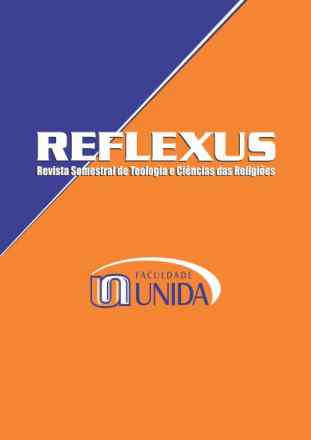Representações do culto imperial no episódio da estátua imperial no relato de Atos de Pedro 11
Reflexus
Representações do culto imperial no episódio da estátua imperial no relato de Atos de Pedro 11
Autor Correspondente: Adriano Filho, José | [email protected]
Palavras-chave: Atos Apócrifos, Culto Imperial, Patronato Social Romano.
Resumos Cadastrados
Resumo Português:
No processo de construção de identidade, de uma pertença que transcendia o local, nas interfaces em que as diferenças e identidades eram negociadas, as fronteiras construídas ou destruídas e o outro destacado e exteriorizado como parte de si mesmo, destacam-se as diversas formas em que os diferentes grupos cristãos representados aos Atos Apócrifos dos Apóstolos construíram a sua identidade em relação aos modelos de pertença no contexto imperial. Este artigo apresenta uma destas formas, que pode ser vista no relato da destruição da estátua imperial por um demônio exorcizado por Pedro, a qual, em seguida, é restaurada por seu proprietário Marcelo, um senador romano, com a ajuda da oração e do apóstolo Pedro (Atos de Pedro 11). A narrativa tem sido interpretada como indicação de uma atitude contrária ao império e um ataque à legitimidade do culto imperial, mas considerando as relações de patronato social, ela pode também ser vista como indicação das diversas formas em que grupos monoteístas negociavam a sua participação na vida imperial.
Resumo Inglês:
In the process of identity construction, and a belonging that transcended the local and in the interfaces the differences and identities were negotiated, the boundaries constructed or destroyed and “the others” highlighted and externalized as part of themselves we can see the different ways Christian groups represented in the Apocryphal Acts of the Apostles built up their identity in relation to the models of belonging in the imperial context. This paper presents one of these forms, which can be seen in the account of the destruction of the imperial statue by a demon exorcised by Peter, which then is restored by its owner Marcelo, a Roman senator, with the help of prayer and the Apostle Peter (Acts of Peter 11)A. This narrative has been interpreted as an indication of an anti-imperial instance and an attack on the legitimacy of the Imperial Cult, however considering the social patronage relationship, it can also be seen as an indication of the several ways monotheistic groups negotiated their participation in the imperial life.

